Understanding dashboard warning lights on your BMW M6 is essential for maintaining vehicle safety and preventing costly repairs. These indicators alert you to potential issues ranging from minor maintenance needs to critical failures that could lead to accidents or breakdowns. By recognizing and responding promptly, you can ensure your car runs smoothly and avoid dangerous situations on the road.
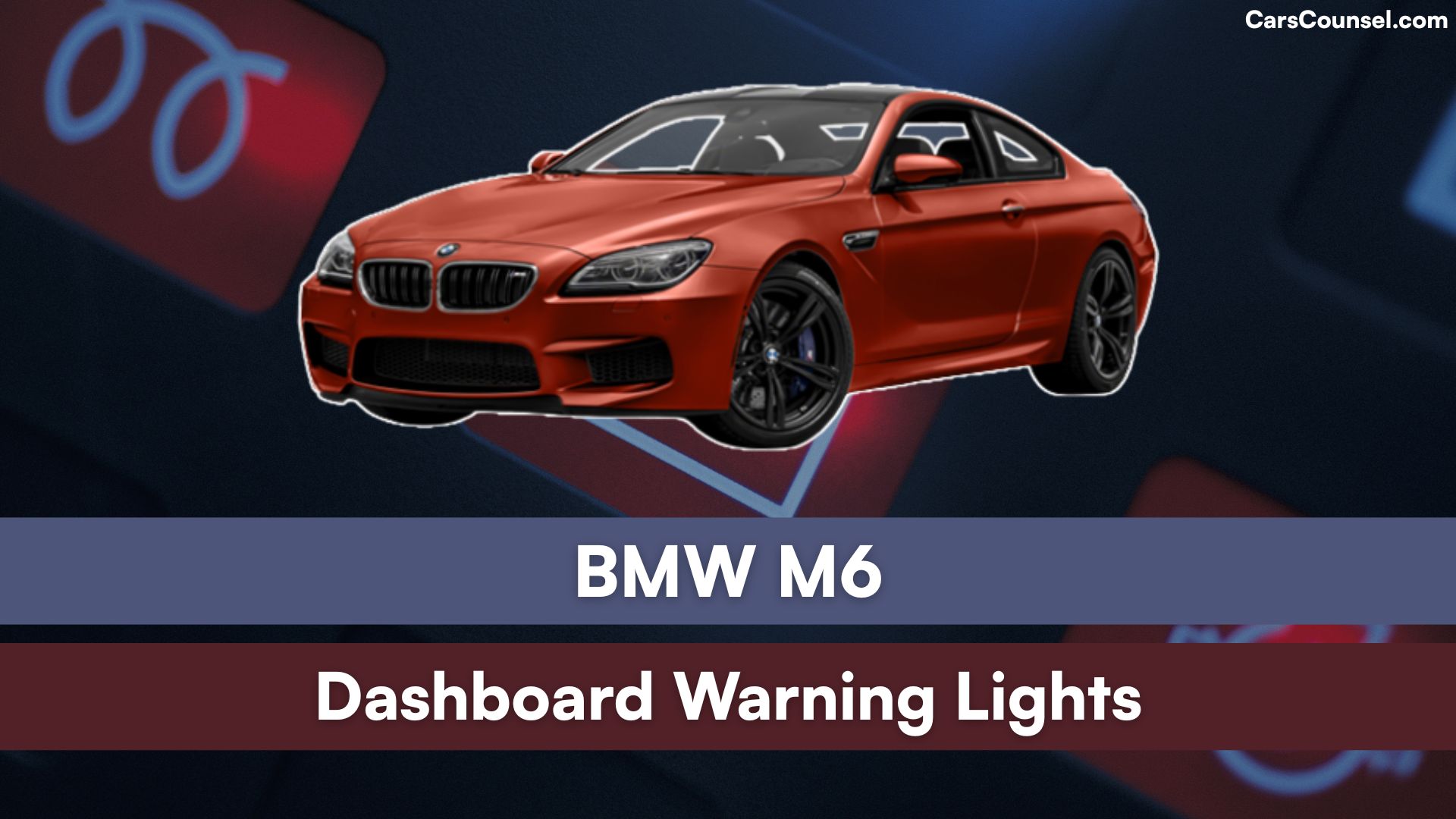
Quick Navigation
Red Warning Lights (Stop Immediately)
Brake System Warning
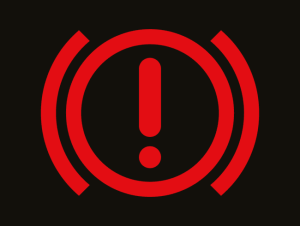
Indicates a serious brake issue like low fluid or system failure. Stop safely right away, do not drive further, and call a mechanic to check and fix it.
Engine Coolant Temperature Warning
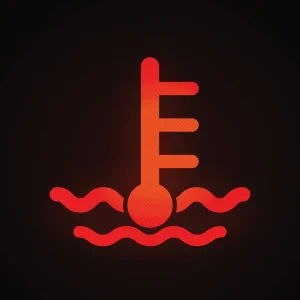
Engine is overheating due to low coolant or cooling system fault. Pull over immediately, let the engine cool, check coolant levels, and seek professional help if needed.
Engine Oil Pressure Warning
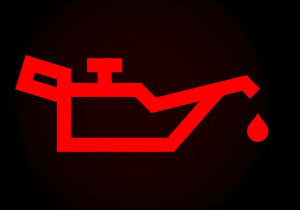
Low oil pressure risking engine damage from poor lubrication. Stop the car at once, check oil level, top up if low, and avoid driving until resolved by a service center.
Battery Charging System Warning
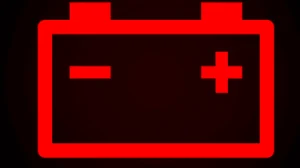
Battery not charging properly, possibly from alternator or wiring issues. Stop driving soon as the car may lose power; get it towed to a mechanic for inspection.
Airbag System Warning

Fault in airbags or seatbelt pretensioners, reducing crash protection. Stop and have it checked immediately at a service center to restore safety features.
Steering Lock Warning
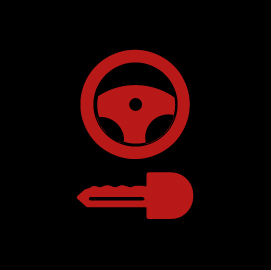
Anti-theft steering lock is malfunctioning, which could lock while driving. Pull over safely and contact roadside assistance to prevent steering failure.
Transmission Fault Warning
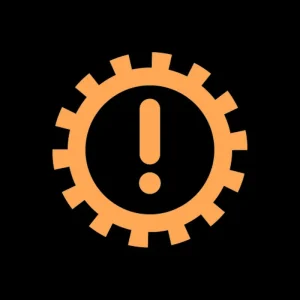
Transmission overheating or major malfunction affecting gear shifts. Stop immediately to avoid damage; have it towed and inspected by a professional.
Seatbelt Reminder
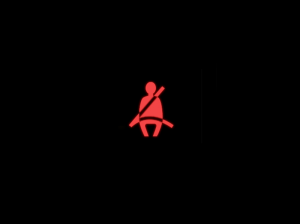
Driver or passenger not buckled up, increasing injury risk in a crash. Stop and ensure all seatbelts are fastened before continuing to drive.
Door Ajar Warning
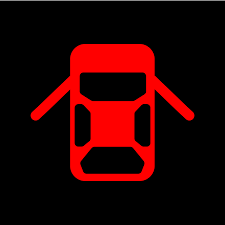
A door is not fully closed, which could open while moving. Pull over, check and secure all doors, then resume driving safely.
Power Steering Failure

Loss of power steering assistance, making turning difficult. Stop as soon as safe and get the system checked to restore easy handling.
ABS System Failure
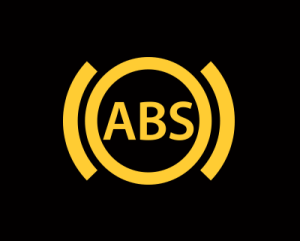
Anti-lock brakes not working, risking wheel lockup during hard stops. Stop driving and have ABS repaired to maintain braking control.
ESP/DSC Failure
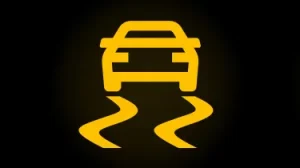
Electronic stability program is off or faulty, reducing traction control. Pull over and reactivate or repair to prevent skids on slippery roads.
Brake Fluid Low
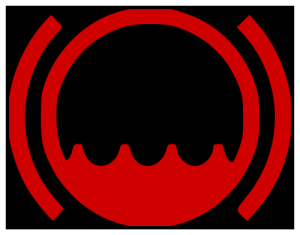
Brake fluid level is critically low, impairing braking power. Stop immediately, check fluid, top up if needed, and visit a mechanic for leaks.
Engine Overheat Alert
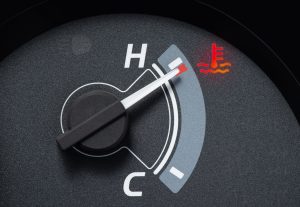
Similar to coolant warning, signals extreme engine heat. Stop right away, cool down, and address the cause like a thermostat issue.
Fuel System Failure
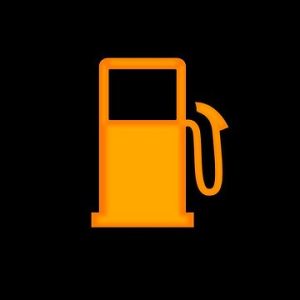
Major fuel delivery problem, possibly pump failure. Stop to avoid stalling in traffic and have the system diagnosed promptly.
Yellow/Amber Warning Lights (Action Required Soon)
Check Engine Light
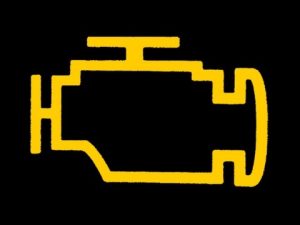
Engine or emissions issue like sensor fault or misfire. Drive carefully, but get it scanned at a service center soon to prevent bigger problems.
Tyre Pressure Monitoring
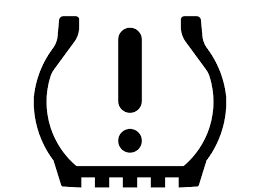
One or more tyres under-inflated, affecting handling and fuel use. Check pressures soon, inflate to recommended levels, and monitor for leaks.
ABS Warning

Anti-lock brake system has a minor fault, but brakes still work. Continue driving cautiously and schedule a check to fix it.
Coolant Level Low

Coolant is low, risking future overheating. Top up coolant when engine is cool and check for leaks at your next stop.
Brake Pad Wear

Brake pads are thin and need replacement. Drive normally but book a service soon to avoid metal-on-metal damage.
DPF Warning
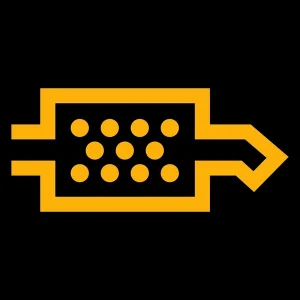
Diesel particulate filter is clogged with soot. Drive at higher speeds if possible to regenerate, or visit a mechanic for cleaning.
Glow Plug Warning

Glow plugs faulty in diesel engine, affecting cold starts. Continue driving but get them replaced soon for reliable performance.
Transmission Temperature
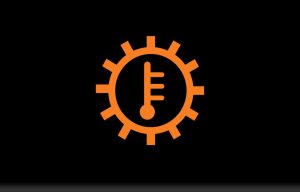
Transmission fluid is too hot, possibly from heavy load. Let it cool and check fluid levels; service if it persists.
Air Suspension Fault

Suspension system has a leak or compressor issue. Drive gently and have it inspected to restore ride comfort.
Bulb Out Warning

An exterior light bulb is burned out, reducing visibility. Replace the bulb soon to ensure safe night driving.
Fuel Cap Loose
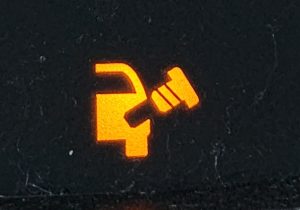
Fuel cap not sealed, causing evaporation or check engine light. Tighten or replace cap at next stop to fix the seal.
Service Vehicle Soon
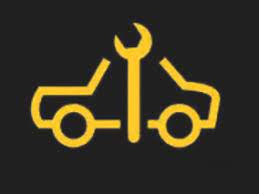
General reminder for upcoming maintenance like oil change. Schedule a service appointment to keep the car in top shape.
Lane Departure Warning Fault
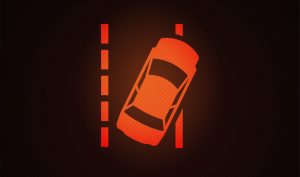
System detecting lane drift is malfunctioning. Drive attentively and repair to regain this safety aid.
Green Warning Lights (Information Only)
High Beam Indicator

High beam headlights are on for better night visibility. No action needed; switch to low beams when approaching other cars.
Turn Signal Indicator
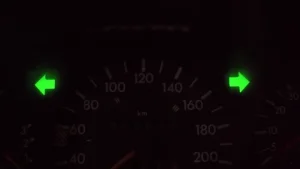
Blinkers are active, signaling a turn or lane change. Ensures others see your intent; turns off after maneuver.
Fog Light Indicator

Front or rear fog lights are on for low-visibility conditions. Use only when needed to avoid blinding others.
Cruise Control Active
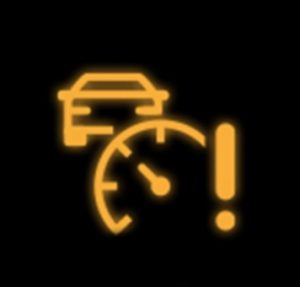
Cruise control is set and maintaining speed. Adjust as needed for traffic; no issue, just informational.
Eco Mode Engaged
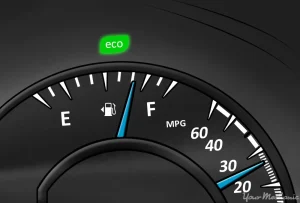
Fuel-saving eco mode is activated, optimizing efficiency. Drive normally; switch off for more power if desired.
Auto Hold Active
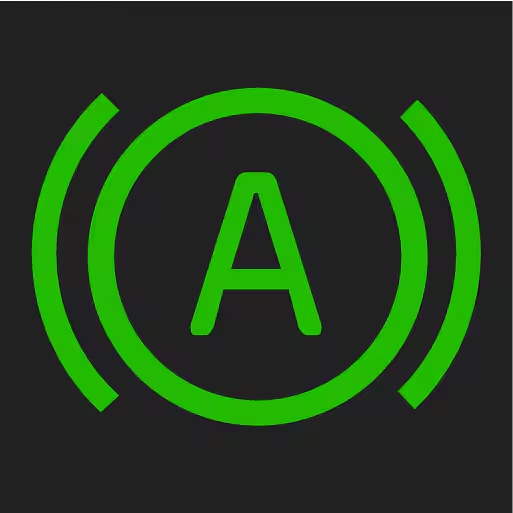
Brakes automatically hold at stops, like in traffic. Releases when accelerating; convenient for hilly areas.
Lane Assist On

Lane keeping assist is monitoring and correcting drift. Helps with highway driving; can be turned off.
Frontal Collision Alert Ready

System is scanning for collision risks ahead. Provides warnings if needed; enhances safety awareness.
Start/Stop System Active
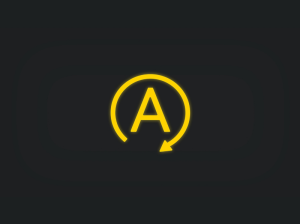
Engine auto-stops at idle to save fuel. Restarts on acceleration; normal operation in traffic.
Parking Light On

Exterior parking lights are illuminated for visibility. Use when parked; no driving action required.
Rain Sensor Active
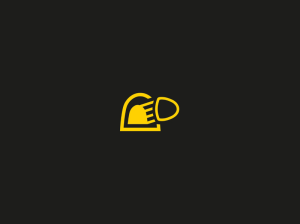
Automatic wipers are on, adjusting to rain intensity. Ensures clear view without manual adjustment.
Adaptive Lights On

Headlights adjust automatically to curves. Improves night driving; no user intervention needed.
Hill Descent Control

System controls speed on steep declines. Active for off-road; maintains safe downhill pace.
Sport Mode Indicator
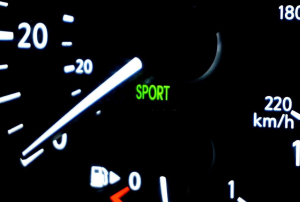
Performance-oriented sport mode is selected. Alters handling for dynamic driving; switch as preferred.
When looking at BMW, make sure to check out our guides on models like the BMW M5, BMW M8, BMW M4, and BMW Z4. Understanding dashboard warning lights is essential. Our expert reviews break down what each light means, highlighting common alerts for these models and what they could signal about underlying issues, so you’re never left guessing behind the wheel.

